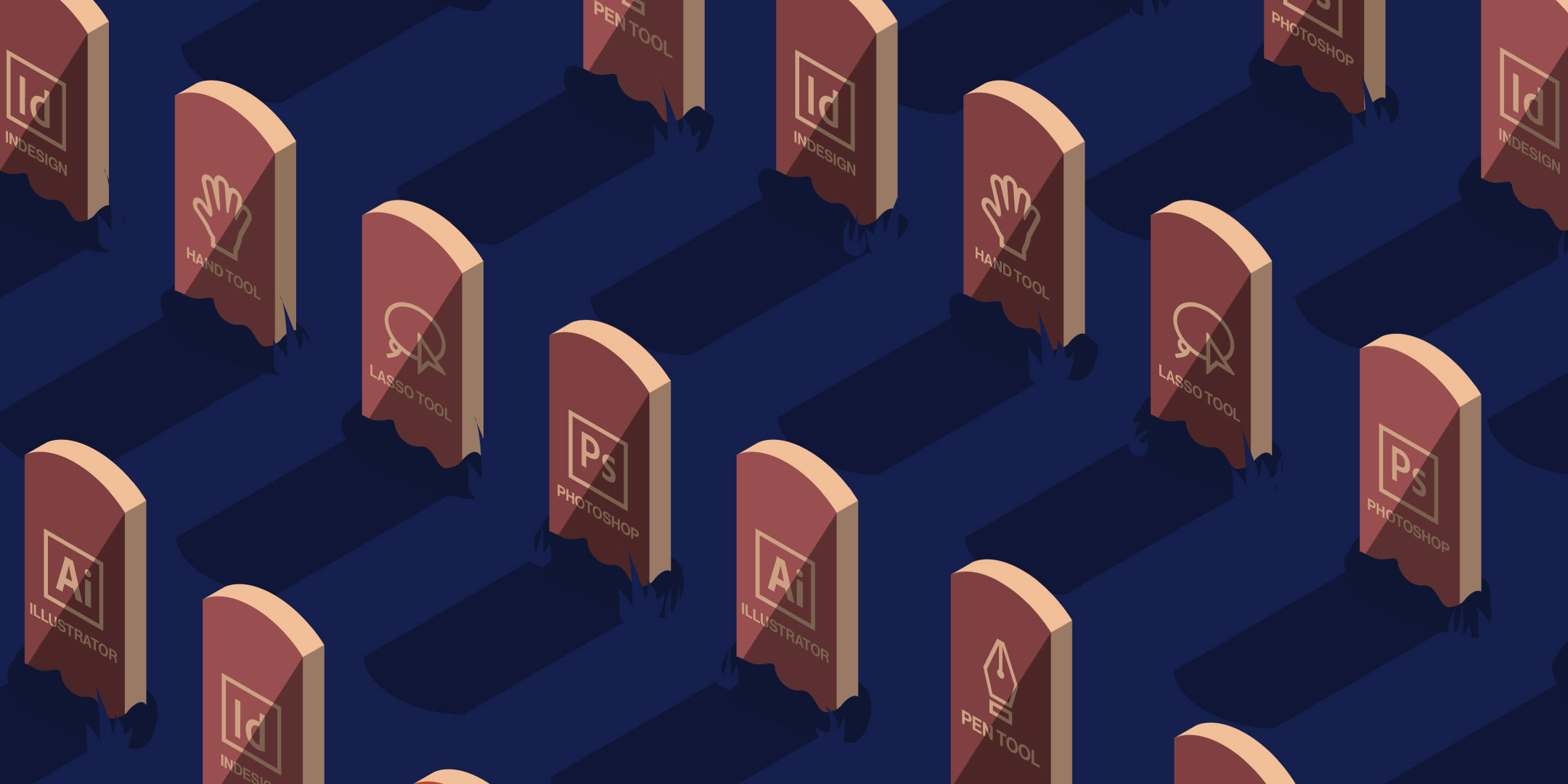
Graphic Design is Dead
To understand what Graphic Design is today, we will briefly look at its past. The term was coined by the famous visual designer, William Addison Dwiggins in 1922. Graphic Design’s original core purpose was to transform ideas and verbal communication into a visual representation, which was long and labor intensive. These ranged from the following mediums: type, image, colour, and texture. This process became an effective sales strategy for businesses because it visually helped captivate consumers’ imagination and comprehension of products, which resulted in the desire of purchasing goods and services.
Influences
Graphic Design evolved because people’s needs and interests have changed around the world. This was heavily influenced by the range of artistic movements: Art Nouveau, Modernism, Art Deco and Swiss Style. As a result, businesses were keen to get agencies and freelance graphic designers to create relevant visual communications for their products and services, to consistently attract customers.
Further developments in design emerged during the Digital Era in the 20th century, which birthed a strong connection between design and technology. The internet aided Graphic Designers with the ability to communicate and deliver projects to clients faster than before, which is still prominent today.
Ongoing developments in disruptive technology, puts pressure on agencies and designers to stay agile and relevant with their design and communication methods. This was combated by having more multidisciplinary skill sets and critical thinking, to drive transformative consumer experiences. As a result, what was traditionally required in Graphic Design has become somewhat ‘outdated’.
Now and the future
Global and national style movements will cause consumers expectations and needs to alter, which will also modify the demands and opportunities in the field of Design. For businesses to communicate with their consumers effectively in various communication channels, they will require agencies and designers to drive and create design innovation through: UX (User-Experience) / UI (User-Interface), Environmental, Experiential and Service Design. The most tech-savvy design innovation agencies should also be able to provide an end-to-end service that encompasses: architecture, motion graphics, VR (Virtual Reality), and AI (Artificial Intelligence).
“Technology has enabled brands to have more exposure online, allowing businesses to interact with their clients and consumers, which has also allowed us the ability to review and analyse real-time data to measure and see what sources are driving more traffic”.
– Forbes
In short, design will continue to be competitive and fast-paced, as its parameters continues to evolve.
8 traits to look for in a design agency
The landscape of design will change, however, the primary aim will always remain the same, which will be to deliver functional design that effectively communicates its purpose. The latest design innovation methods will not just factor in design principles, but find synergy between business, technology, and customer experiences. Therefore, when a business is looking to hire an agency, they should deliver growth and spark differentiation within that business.
1. 50% business & 50% creative mindset
Our Creative Director, Paul Manning is a strong believer in the alliance between these two skills, as this approach drives the most ROI (Return On Investment) when developing ideas. For any business to strive in their competitive market, they must work with creatives that understand the scope and demands of that field.
2. Cross-disciplinary and innovative
In today’s technology and digital-driven market, being multidisciplinary and forward-thinking is the only way to survive. Having an overview of how everything ties together is important because it creates quality work that delivers and meets the vision of the project.
3. Contemporary Services
Beyond having a pretty logo, UX / UI and experiential design are becoming increasingly popular in promoting products and services, as it deepens consumers interests.
4. Big data
Big data has become a valuable asset for inbound and outbound marketing, as its able to capture and analyse customer expectations and growth opportunities. With data insight, agencies can adjust their design approach to improve a higher customer engagement, whilst meeting their clients objectives.
5. Synergy between form and function
Creatives’ failure to strike the balance between the principle ‘form follows function’, will no longer be acceptable. Aesthetically pleasing solutions will not be enough to sell products to consumers, as purpose and practicality will be tested in the real world.
6. Collaboration
The days of clients being left in the dark are over. A more collaborative and transparent approach will foster better results and build lasting relationships.
7. Tech-savvy consumers
People and technology will always evolve, thus requiring new and innovative solutions. The hyper-connectivity of digitalisation is forcing businesses to provide cross-platform experiences for all digital and physical consumer touchpoints.
8. Design innovation strategy
A design innovation agency will develop a strategy, whilst considering how it correlates with your business, technology, and customer experiences, in order for you to succeed in your market. The more consistent, integrated and streamlined it is, the more you will succeed in winning over your customers.
With these steps in hand, don’t be afraid to demand these traits from agencies, as in order to succeed in the market you must push boundaries and challenge the status quo.
You’re all set. Time to fly.
If you have any questions or are interested in pushing your design and marketing efforts harder to make your brand stand out, work with us.
We’re here to help–challenge us for free. Contact us: hello@outfly.io or call us @ +44 773931343









